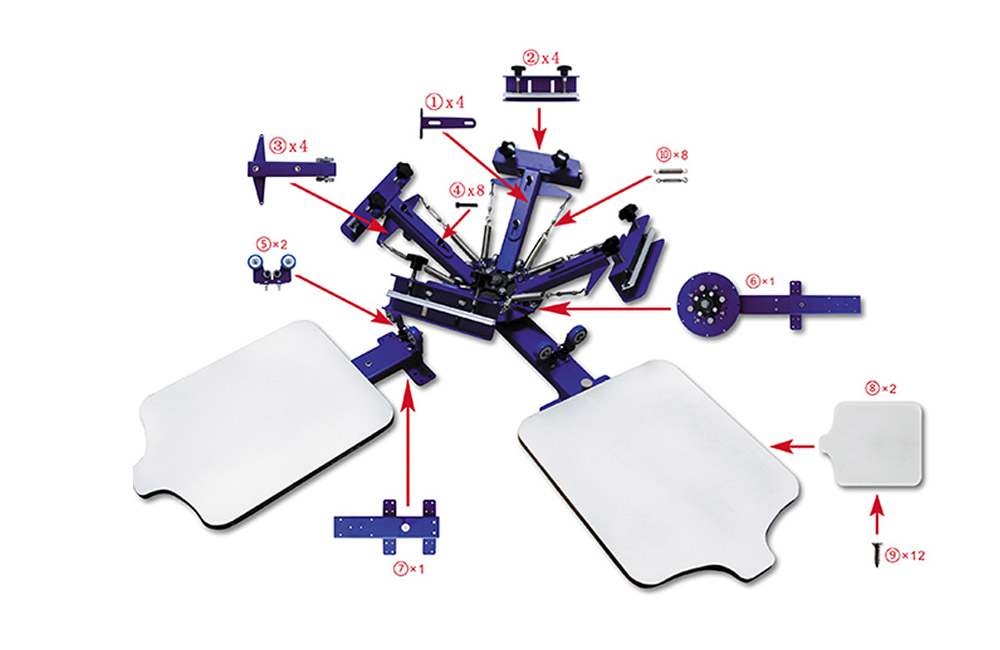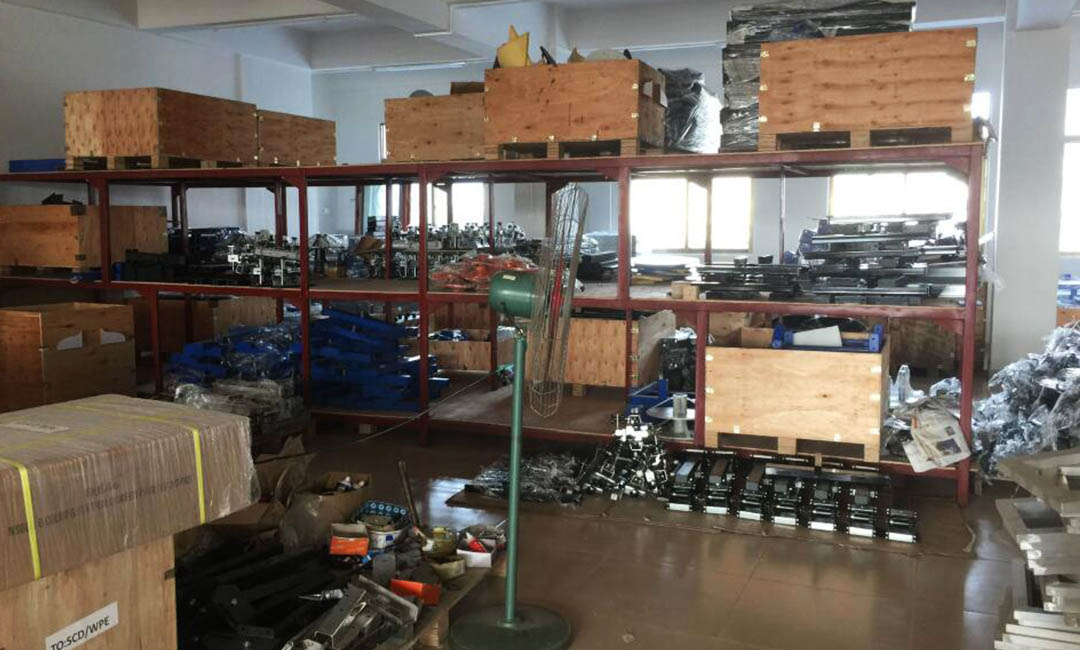Understanding Platen Size and How It Affects Screen Printing Results
Importance of Platen Size in Screen Printing
Screen printing is a popular method of transferring designs onto various surfaces, such as fabric, paper, and plastic. One crucial factor that can significantly impact the quality of screen printing results is the size of the platen. The platen is the flat surface on which the substrate is placed during the printing process. Understanding the importance of platen size and how it affects screen printing results is essential for achieving optimal outcomes.
The size of the platen directly influences the size of the design that can be printed on a substrate. A larger platen allows for larger designs to be printed, while a smaller platen limits the size of the design that can be accommodated. When selecting a platen size for a screen printing project, it is important to consider the size of the substrate and the design being printed. Using a platen that is too small for the substrate can result in incomplete or distorted prints, while using a platen that is too large can lead to wasted material and increased production costs.
In addition to accommodating the size of the substrate and design, the platen size also affects the placement of the screen on the substrate. The screen must be properly aligned with the platen to ensure that the design is printed accurately and consistently across multiple substrates. A platen that is too small may not provide enough space for proper screen alignment, resulting in misaligned prints. On the other hand, a platen that is too large may make it difficult to position the screen correctly, leading to inconsistent prints.
Another important consideration when selecting a platen size for screen printing is the type of substrate being used. Different substrates have varying thicknesses and textures, which can affect how they interact with the platen during the printing process. A platen that is too small may not provide enough support for thicker substrates, leading to uneven prints or damage to the substrate. Conversely, a platen that is too large may not provide enough pressure to ensure proper ink transfer onto textured substrates, resulting in poor print quality.

In addition to substrate size and type, the size of the platen also impacts the efficiency and productivity of the screen printing process. A larger platen allows for more substrates to be printed simultaneously, increasing production output and reducing labor costs. However, a larger platen may require more space and equipment to accommodate, which can be a limiting factor for smaller printing operations. Conversely, a smaller platen may be more cost-effective and space-efficient but may limit the volume of prints that can be produced in a single run.

Overall, understanding the importance of platen size in screen printing is essential for achieving high-quality, consistent results. By selecting a platen size that is appropriate for the substrate, design, and production requirements, screen printers can optimize their printing process and maximize efficiency. Whether printing on fabric, paper, or plastic, choosing the right platen size is a critical factor in achieving successful screen printing outcomes.
Pre: Common Mistakes to Avoid When Using a 4 Color Screen Printing Press
Next: How to Use a 2 Station Silk Screen Printing Press for Multi-Layer Printing
Tags: